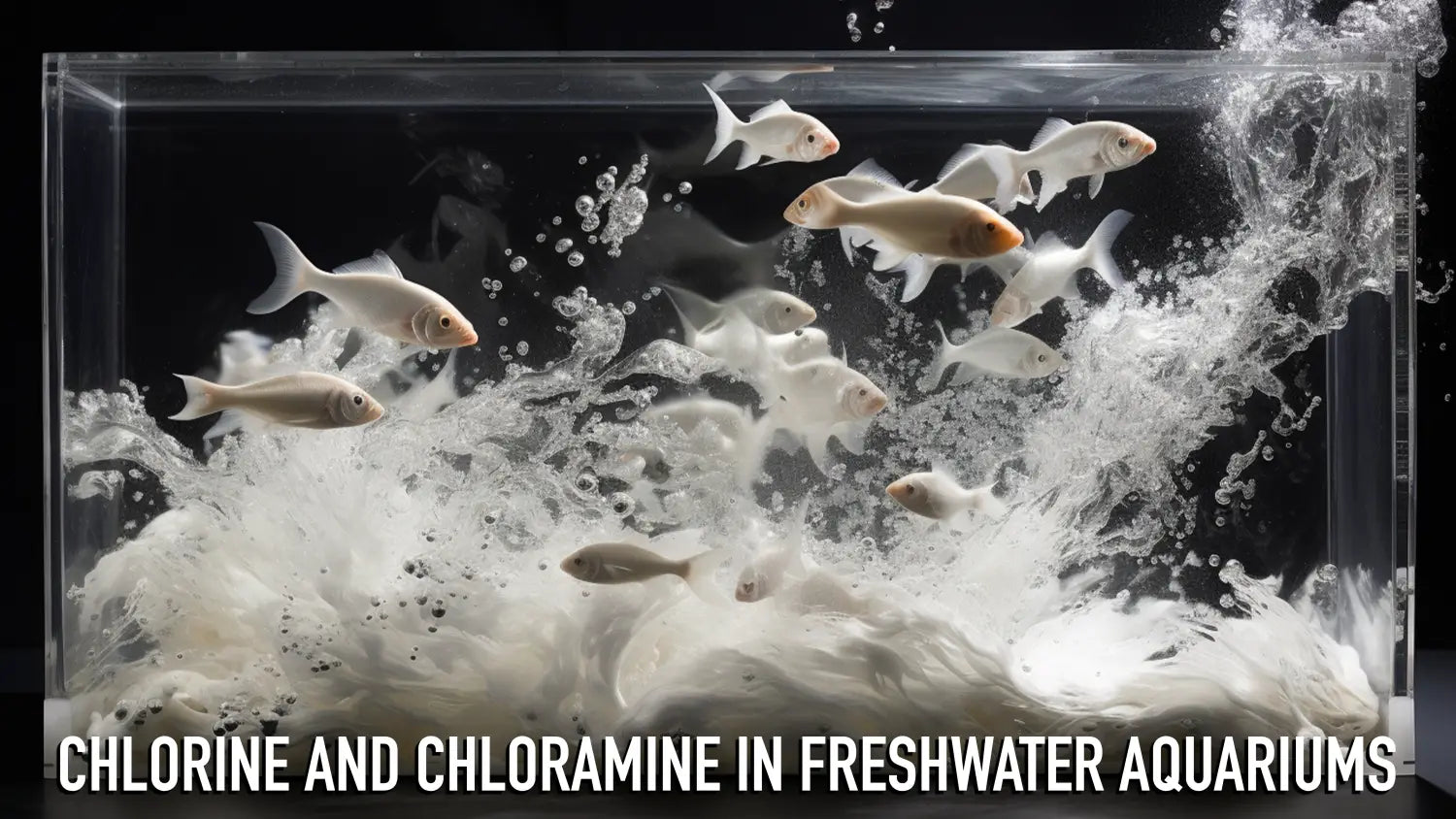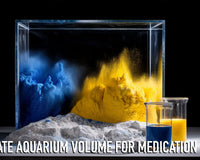For many aquarists, the dive into fishkeeping often begins with filling an aquarium using tap water. However, most urban water supplies are treated with chlorine or chloramine to kill harmful bacteria and pathogens. While these chemicals ensure water is safe for human consumption, they can be quite detrimental to aquatic life, particularly freshwater fish.
Understanding Chlorine and Chloramine
- Chlorine: A powerful oxidizing agent, chlorine has been the mainstay of water disinfection for over a century. Its primary advantage is its volatile nature, which allows it to dissipate from standing water after some time.
- Chloramine: This is a combination of chlorine and ammonia. Municipalities often prefer chloramine over chlorine because it is more stable and lasts longer in the water distribution system.
Effects on Freshwater Fish
- Gill Damage: Both chlorine and chloramine can cause significant damage to the delicate gill tissues of fish, leading to inflammation and scarring. This can impair the fish's ability to respire effectively.
- Osmoregulation Disruption: Fish maintain a delicate balance of salts and other solutes in their body. Chlorine and chloramine can disrupt this balance, leading to stress and other physiological disorders.
- Mucous Layer Disruption: Fish have a protective mucous layer covering their skin. Chlorine can break down this layer, leaving fish more susceptible to infections and diseases.
- Toxicity: At high concentrations, both chemicals are outright toxic, leading to immediate and noticeable distress in fish, which can quickly be fatal.
- Breakdown Products: While chlorine evaporates relatively quickly, chloramine's breakdown in water can result in the release of ammonia, another toxic compound for fish.
Signs of Chlorine/Chloramine Poisoning in Fish
- Labored Breathing: Fish affected by these chemicals might be seen gasping at the water's surface.
- Erratic Behavior: Darting, scratching against surfaces, or unusual swimming patterns can be observed.
- Physical Symptoms: Red or inflamed gills, faded colors, and a slimy appearance are potential indicators.
- Mortality: In severe cases, fish may die shortly after exposure.
Mitigation and Management
- Water Conditioners: Available at pet stores, these solutions instantly neutralize chlorine and chloramine. They're an essential tool for anyone using tap water in their aquarium.
- Standing Water: Allowing tap water to stand for 24-48 hours can help dissipate chlorine. However, this method isn't effective against chloramine, which is more stable.
- Activated Carbon: Running tap water through activated carbon filters can help in removing both chlorine and chloramine.
- Remineralized RO/DI Water: Using remineralized reverse osmosis or deionized water systems eliminates the need to deal with chlorine or chloramine, providing pure water free from these and other contaminants.
Chloramine Breakdown and Ammonia Production
Chloramine, as mentioned previously, is a compound formed by the combination of chlorine and ammonia. When aquarists use products to neutralize or dechlorinate water containing chloramine, these products break the bond between the chlorine and ammonia molecules. The chlorine part is neutralized, but the ammonia is released into the water.
Why is this a concern?
Ammonia is toxic to fish, even in relatively low concentrations. It can lead to gill damage, stress, and other physiological disorders, potentially leading to fish death if not appropriately addressed.
Managing the Ammonia Spike After Treating Chloramine
-
Biological Filtration: Beneficial bacteria, primarily Nitrosomonas, can oxidize ammonia, converting it into nitrite (which is also toxic but is then processed further by another group of bacteria into the less harmful nitrate). An established aquarium with a mature biological filter can help process this ammonia more quickly.
-
Water Conditioners: Some water conditioners not only neutralize chlorine and chloramine but also detoxify ammonia, making it non-toxic to fish. It's essential to use these products as directed.
-
Test Regularly: Especially after adding tap water treated for chloramine, regularly test the aquarium water for ammonia to monitor levels. It helps aquarists take proactive steps if ammonia concentrations rise too high.
-
Limit Feeding: Reducing feeding for a short period after treating the water can help, as less food means less waste, and consequently, less ammonia production.
While chloramine-treated tap water poses challenges, understanding the implications and being prepared can make the process smoother. The release of ammonia during chloramine neutralization underscores the importance of regular water testing and ensuring a healthy, thriving biological filtration system.
Importance of Regular Monitoring
- Test Kits: Regularly testing for chlorine and chloramine ensures the safety of the aquarium environment. Specialized test kits are available to detect even trace amounts of these chemicals.
- Awareness of Local Water Supply: Being informed about your local water treatment practices can prepare you for potential changes in chlorine or chloramine concentrations.
Conclusion
Chlorine and chloramine, while essential for sanitizing our drinking water, present notable challenges in the realm of freshwater aquariums. A blend of awareness, observation, and proactive management can mitigate their threats, ensuring a stable, thriving aquatic habitat for our finned friends.









